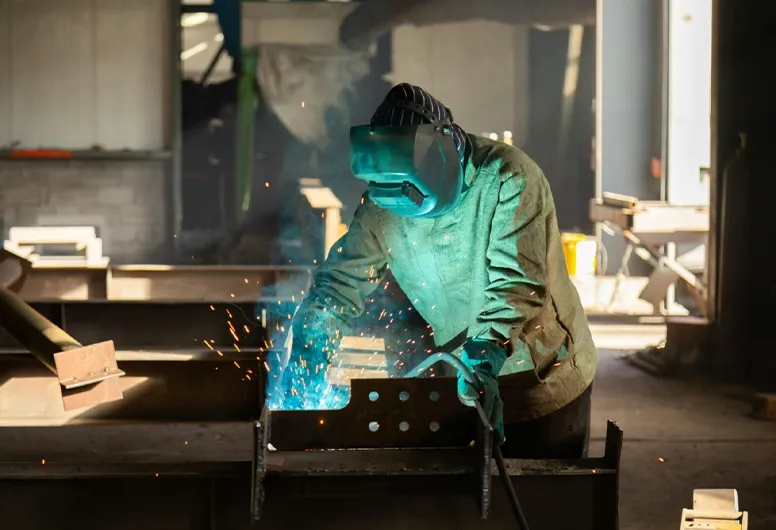MIG welding is a modern welding method applied under a shielding gas atmosphere. In this process, argon, carbon dioxide (CO₂), or mixtures of these gases are commonly used to protect the welding area from external influences. The shielding gas stabilizes the arc and prevents oxidation of the weld, improving quality.
This method can be adapted to various applications by selecting different types of gases. For instance, pure argon is preferred for thin aluminum welding, while CO₂ is commonly used for steel welding. Choosing the right gas according to the material and process conditions is crucial for achieving optimal results.
The answer to the question of how MIG welding is done can be summarized in the following steps:
In recent years, robot-assisted MIG welding applications have become increasingly common. These systems offer error-free welding processes with automatic wire feeding and stable gas flow. They are especially preferred in mass production to meet high-speed and quality standards.
MIG welding is often compared to TIG welding and arc welding. However, due to continuous wire feeding and gas shielding, it is faster and more user-friendly, making it indispensable in both manual and automated applications.

